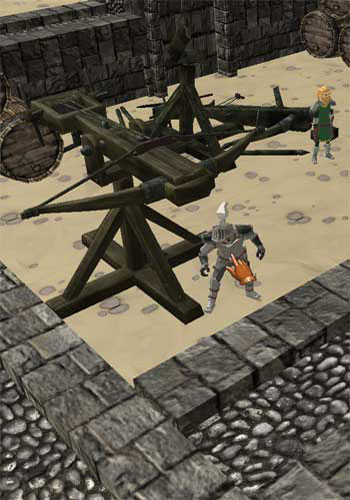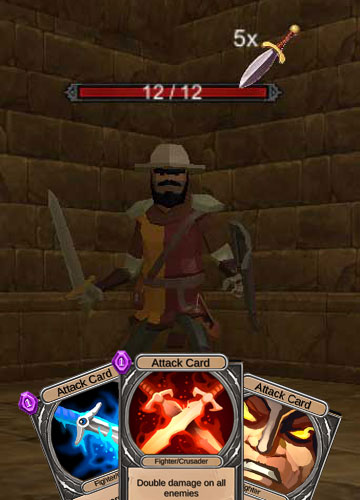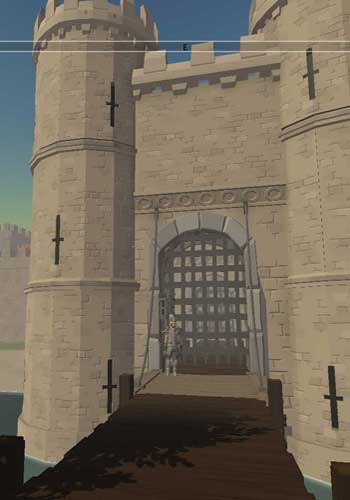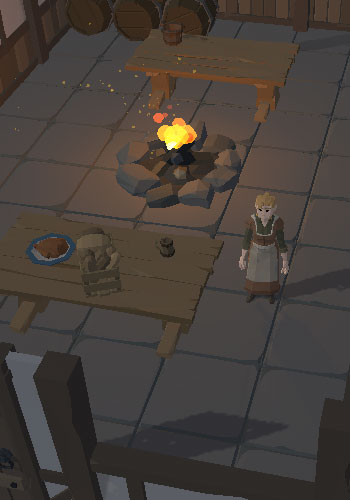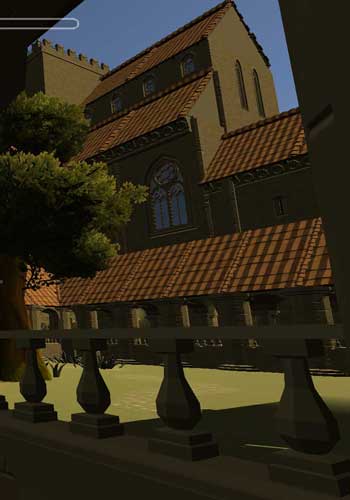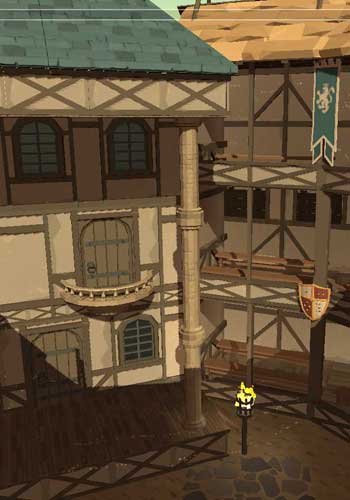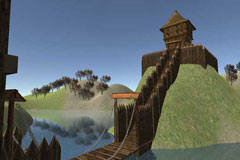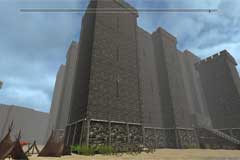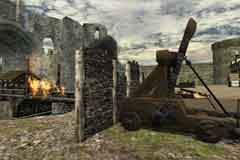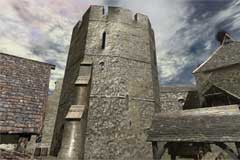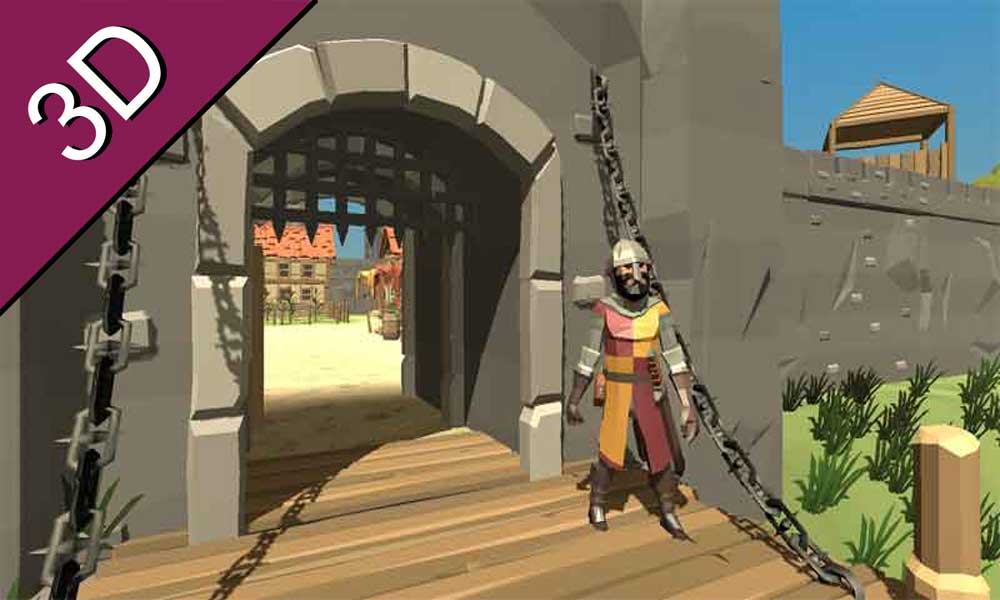Designs, or coat of arms, were invented to help recognise one person from another. How far back this idea was first put into practice is not known but from the first half of the twelfth century (1100-1150) knights began to use designs on their flags and shields to identify themselves in battle and in tournaments. The designs commonly passed down from one generation to the next and became means of identifying an entire family and not just a single person. The term 'coat of arms' comes the the surcoat, a textile garment, that was worn over the armour and was decorated with the same design as the shield.
(Cross) Templar
...
Tinctures
Tinctures - Main Colours
Tinctures are the palette for the heraldry artist. The basic palette consists of five main colours and two metal colours. Plus there are several less common colours. All of the colours are named so that they can be described without the use of the real colour. As well as the solid colours there are furs representing the furs of animals thet were used in clothing.
Shields can be replicated without the use of real colours. To represent the colours a series of hatchings were developed. Click for more information on Tinctures and Hatching.
Gules
(Red)
Sable
(Black)
Azure
(Blue)
Vert
(Green)
Purpure
(Purple)
Tinctures - Minor Colours
Tenne
(Orangy)
Sanguine
(Blood-red)
Murrey
(Mulberry)
Tinctures - Metals
Argent
(White/Silver)
Or
(Yellow/Gold)
Tinctures - Furs
Ermine
Ermines
Erminois
Pean
Page Navigation

Medieval Castles
Types of castles
- Early Fortifications
- Castles of William the Conqueror
- Earthwork castles
- Motte and bailey castles
- Castles of Edward I
- Concentric castles
Types of keep
Other details












